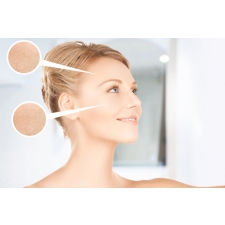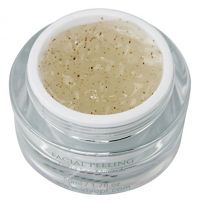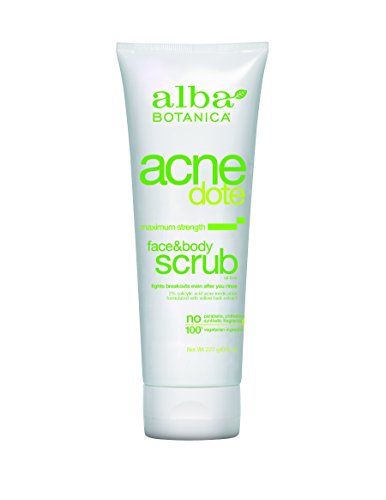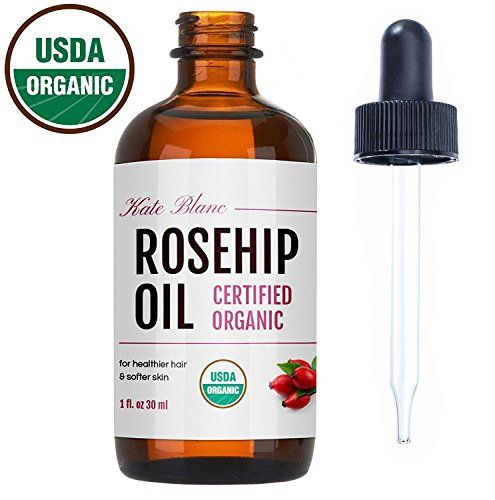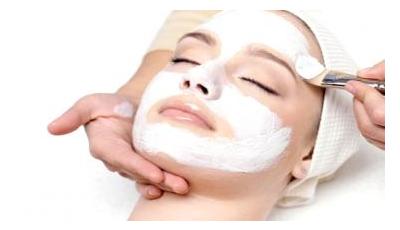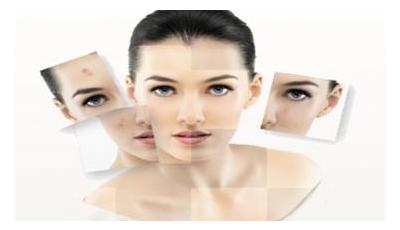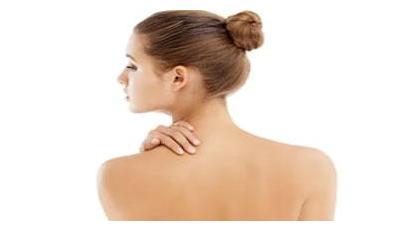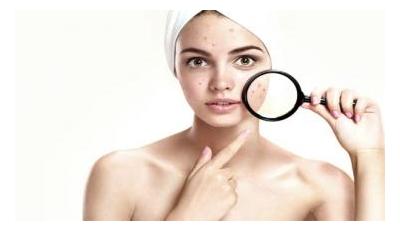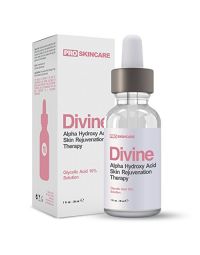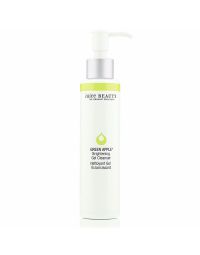reviewed by Age Brain Review Panel
There are many face washes on the market for the prevention or treatment of acne. Here is a run-down on what different washes do, what some common ingredients are found in these products, and which ingredients you should avoid.

Exfoliates your skin & clears your pores
Acne develops when hair follicles in your skin become clogged. Dead skin cells, excess sebum (oil), and colonization by the bacteria Propionibacterium acnes cause the pores to become inflamed, resulting in the characteristic redness and swelling. One of the main purposes of washing your face is to keep your facial skin clean and your pores clear and unclogged. Clearing away the top layer of dead skin cells from your face helps keep these dead cells from clogging your pores, and stimulates new skin growth. Exfoliating can also help break down existing comedones (blackheads and whiteheads).1
Hydroxy acids such as glycolic, salicylic, or lactic acid are frequently used for exfoliating facial skin. Salicylic acid, in particular, is a popular ingredient in face washes as it not only exfoliates the skin surface, but it also can remove dead skin cells from within pores. Using a wash with salicylic acid may make your skin mildly red and irritated after use. Washes containing cetyl or stearyl alcohols can help unplug pores without the extra exfoliating activity.2

Kills bacteria
One of the most common ingredients you will find in face washes for acne is benzoyl peroxide. It is effective in killing p. acnes, keeping them from forming a biofilm over your pores and causing them to plug up. Benzoyl peroxide is useful for reducing blind pimples, the painful, swollen lumps where inflammation is occurring beneath the surface of your skin.3 While an effective agent, a couple of considerations need to be made when using washes containing benzoyl peroxide. First, it may make your skin dry, red, and itchy, especially in the first few weeks of use, so start at a lower concentration (2.5% or so) before trying a higher dose. Also, it can bleach hair and fabric, so be careful not to splash on your clothes when washing and use a white or old cloth when drying.4
Another ingredient sometimes used in washes is sulfur. In addition to having exfoliating effects, sulfur acts as a bacteriostatic agent. That is, while it does not kill bacteria, it can keep an infection of p. acnes from growing or spreading. The downside to sulfur is that it smells unpleasant and can affect the color of your skin.1

Reduces Inflammation
Many disorders of the skin, including acne, are caused or exacerbated by inflammation. Therefore, reducing the inflammation in your skin can help alleviate an acne breakout. A wide range of manufactured and herbal compounds are used in face washes for their anti-inflammatory properties. Zinc is an important element for overall dermatological health, and some zinc compounds used in washes, such as zinc gluconate, convey anti-inflammatory properties. Dipotassium glycyrrhizate, derived from licorice root, can reduce inflammation and act as an antioxidant.5 Products containing tea tree oil have become increasingly popular for skin health as well, and its anti-inflammatory activities have recently been shown to be helpful for controlling acne.6

Avoid these ingredients
Essential oils and natural, plant-based butters are all the rage these days. However, you should take extra care when using any oil-based products on your skin as they can actually clog your pores and make your breakouts worse, at least when used in high enough concentrations. The advice for such substances is that if they are listed in the first seven ingredients of a skin care product, it should not be used on your face (lower down on the list means it is likely at a low enough concentration to not have a detrimental effect). Use this caution with the following ingredients, as well as other lipids (fats, oils, and waxes): isostearate, myristate (myristic acid) or lyristyl lactate, laureth-4, oleth-3, coconut butter or oil, lanolin, lauric acid, palmitate, stearyl heptanoate and stearic acid (stearate), cetearyl alcohol, cocoa butter, mink oil, soybean oil, shark liver oil, D&C red #30, oleate, isostearyl neopentanoate, glyceride, and laureth-23.7

Wash gently up to 2x a day
When performing your daily facial wash with your chosen cleanser, there are a few things to keep in mind. While your washing routine is fairly straight forward, you need to perform it correctly to avoid further irritating your skin. Dermatologists recommend washing your face only twice per day, once in the morning and once in the evening. Use your bare hands to wash, as cloths and other devices can be irritating. Do not scrub while washing, and dry your skin by gently patting, not rubbing.1,3 Following these steps will keep your skin from becoming inflamed in the process.
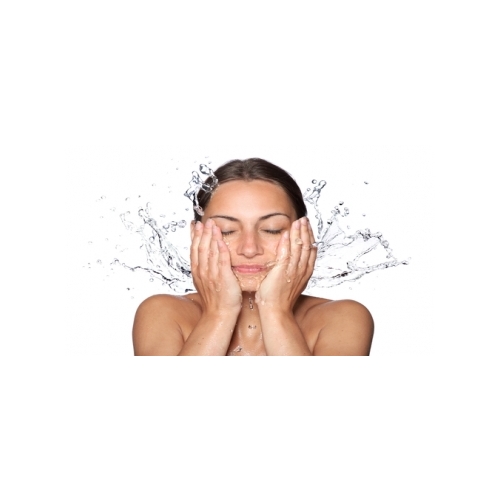
[1]Kern DW. 2018. “Over-the-Counter Treatment Ingredients.” Acne.org, July 12, 2018. https://www.acne.org/over-the-counter.html
[2]Sacchidanand SA, Lahiri K, Godse K, Patwardhan NG, Ganjoo A, Kharkar R, Narayanan V, Borade D, D’souza L. 2017. “Synchronizing Pharmacotherapy in Acne with Review of Clinical Care.” Indian Journal of Dermatology, 62(4):341-357. https://www.ncbi.nlm.nih.gov/pmc/articles/PMC5527713/
[3]Del Rosso JQ. 2009. “A 6% Benzoyl Peroxide Foaming Cloth Cleanser Used in the Treatment of Acne Vulgaris: Aesthetic Characteristics, Patient Preference Considerations, and Impact on Compliance with Treatment.” Journal of Clinical and Aesthetic Dermatology, 2(7):26-29. https://www.ncbi.nlm.nih.gov/pmc/articles/PMC2924139/
[4]Migala J. 2018. “The Best Acne Face Washes, According to Dermatologists.” Women’s Health, May 2, 2018.https://www.womenshealthmag.com/beauty/a19908526/best-acne-face-washes/
[5]Del Rosso JQ. 2013. “The Role of Skin Care as an Integral Component in the Management of Acne Vulgaris:Part 1: The Importance of Cleanser and Moisturizer Ingredients, Design, and Product Selection.” Journal of Clinical and Aesthetic Dermatology, 6(12):19-27. https://www.ncbi.nlm.nih.gov/pmc/articles/PMC3997205/
[6]Malhi HK, Tu J, Riley TV, Kumarasinghe SP, Hammer KA. 2017. “Tea tree oil gel for mild to moderate acne; a 12 week uncontrolled, open-label phase II pilot study.” Australasian Journal of Dermatology, 58(3):205-210. https://www.ncbi.nlm.nih.gov/pubmed/27000386
[7]Kern DW. 2018. “Comedogenic (Pore-Clogging) Ingredients.” Acne.org, April 26, 2018. https://www.acne.org/comedogenic-list.html
-
Acne Scar Removal
By Dr. KarenDecember 28, 2021 -
Laser Treatment for Acne
By Dr. KarenDecember 28, 2021 -
Back Acne
December 29, 2021 -
Acne Vitamins
By Dr. KarenMarch 8, 2022 -
Hyaluronic Acid for Acne
By Dr. AnnaDecember 17, 2021
Search the blog
Article Categories
- All Articles (95)
- Rating Charts (1)
- Beauty & Skincare (17)
- FAQ (0)
- Hair Care (9)
- Health & Wellness (12)
- Anti-Aging (4)
- Kid's Health (0)
- Makeup (2)
- Men's Health (2)
- Oral Care (3)
- Sunscreen (7)
- Skin Tools & Treatments (10)
- Supplements (26)
- Videos (0)

